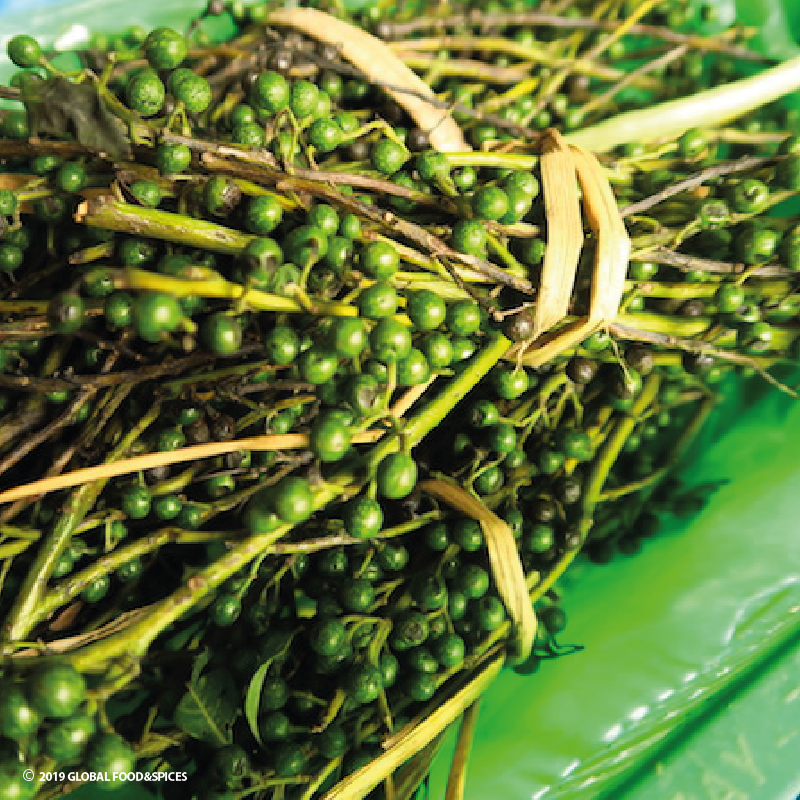depeperwinkel
Siltimur
Siltimur
In stock
Unable to load availability for pickup
The dried berry of the Lindera neesiana is sometimes called a pepper berry but it is definitely not, because it contains a very sharp substance. However, like the Raye timur it has an unmistakable citrus flavor, with a hint of cedar.
The Lindera neesiana or Lindera fructicosa is a 5-8 meter high tree or shrub with green-yellow flowers. In the summer the 6-8 mm large fruits develop, which are picked and dried after ripening in August/September. The red fruits then color rusty brown to black, just like pepper.
The name siltimur is derived from the Nepalese name sila ṭimura. The Gurung minority in Nepal call the plant kudu.
The plant grows in large parts of the Himalayas at altitudes of 1,000 to 2,800 meters in Nepal and India and in forested Myanmar. The berries are traditionally used by the indigenous population as medicine used. Our berries come from the north of Nepal.
The plant is rare and has no popular name outside its growing area, although the term cumeo is common. It is a misconception that the plant is a cross between Szechuan peppers as various sellers mention, or belongs to the rue family. The plant, which has no popular name in any non-Nepali language, but The plant genus Lindera is also called 'spicebush' or 'fever herb', is a plant from the laurel family.
Smell and make
The berries are rich in essential oils, which provide a warm, pleasant scent and taste experience. The combination of z- and e-citral, and citronellal provide the citrus notes, the alpha- and beta-pinene for a cedar flavor, and eucalyptus for a woody, light camphor flavor.
- β-pinene*, woody pine scent (cedar), as in cumin, pine (cone), juniper and hemp,
- 1,8-cineole, eucalyptol *, the refreshing taste of myrtle (and eucalyptus oil)
- z- and e-citral, sweet citrus flavor of lemon peel
- citronellal, lime leaf (kafir), as in lemongrass and juniper berry
Usage
In Nepalese cuisine, siltimur is used as a pepper, in chutneys and pickles, among other things, often in combination with the fresh-citrusy raye timur. Use siltimur as a seasoning with white meat (pork, for example), fried fish, shellfish. Combines with coconut, fennel - think coconut soup - and tomato, for example a tomato achar.
Features:
- 100% berries from Lindera neesiana, wild plant, hand-picked
- origin: northern Nepal
Assortment
- available in glass, stand-up pouch and test tube from 10 ml
- larger quantities on request
Gift wrapping
- The jar is available in a tasteful gift packaging, consisting of a cube box filled with black tissue paper
- For an overview of our gift packaging, please refer to the gift packaging section
General advice
- Siltimur is used whole, crushed. Roast the siltimur beforehand to deepen the aroma (smell and taste). Also when you grind siltimur, do that at the last moment.
Save:
- store your siltimur in closed packaging
- preferably store in a dark, dry and cool place
- at least good until December 2026 (12-2026)
- This expiration date is an indication
Would you like to know what Siltimur tastes like?
Batch number
The batch number helps us trace which supply an item originates from. It is stated on the packing slip and the invoice
Share







